6 Sustainable and Stylish Alternatives to the Classic Stone Terrace
Owning a home is often seen as an investment: instead of paying rent to a greedy landlord, you’re putting money into your own property. Makes sense, right?
Lately, though, I’ve started to question that idea. Our house feels more like a money pit than a savings plan. Expenses keep piling up—especially now, as we’re planning our patio.
🏡 The dream of owning a home? Sometimes, it turns out to be a real money pit.
It’s hard to estimate the total cost when hiring professionals. But one thing’s clear: even the materials alone are more expensive than ever. A traditional stone patio? Easily several thousand euros.
That’s why I’ve been on the lookout for budget-friendly patio ideas—preferably sustainable and creative alternatives to the classic stone version. In this article, I’ve collected affordable options for creating a cozy, stylish seating area in your garden—without breaking the bank.
🌱 A lawn instead of a patio
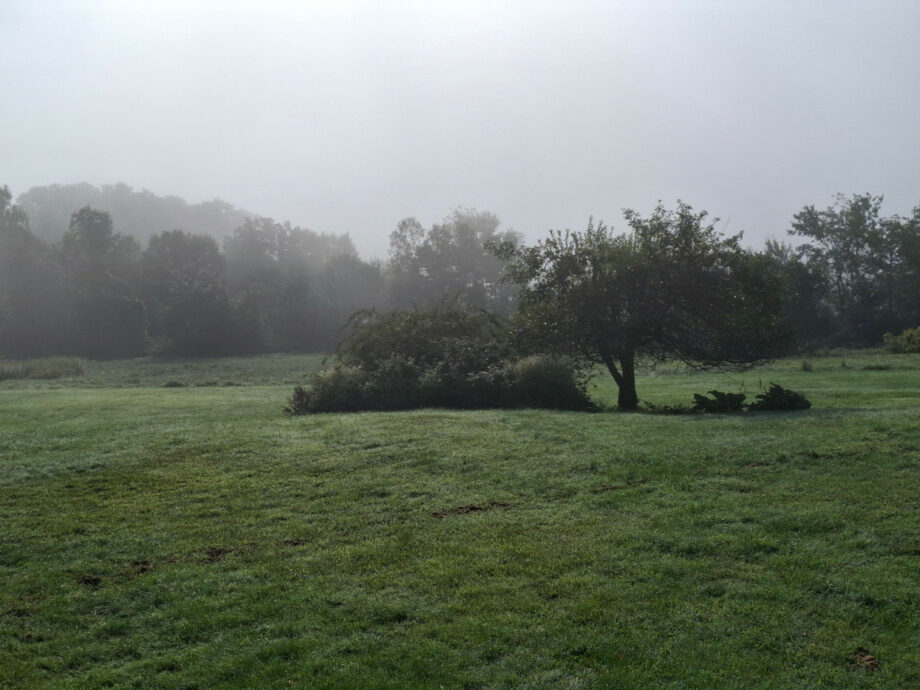
At the moment, we simply place our garden furniture on the lawn in front of the house. Since it was newly planted, the soil is still too soft for tables and chairs. But over time, the grass becomes more established, and the ground stabilizes enough to walk and sit on comfortably. That’s why I recommend sowing your lawn in the fall—this way, it will be ready to use as a seating or lounging area by spring.
Even for gardening amateurs like me, sowing a lawn is manageable. And honestly, there’s hardly a cheaper alternative to classic patio flooring. The ground stays unsealed and unpaved—about as eco-friendly as it gets.
Sure, you’ll need to mow it now and then. But even that can be fun—especially if you own a super loud gas-powered mower and feel like annoying your neighbors in the evening.
(Not very eco-friendly, I admit.)
More seriously though, heatwaves are becoming more frequent due to climate change, and they can quickly leave a lawn looking dry and patchy. It’s likely that water usage will become more restricted in the future. To keep your lawn green, you’d first need to invest in a rainwater cistern—which can cost nearly as much as a professionally built patio.
An alternative? Turn your lawn into a flower meadow—or sow one right away using drought-tolerant grasses and native wildflowers.
🪨 Gravel: A simple, affordable surface—with a few quirks
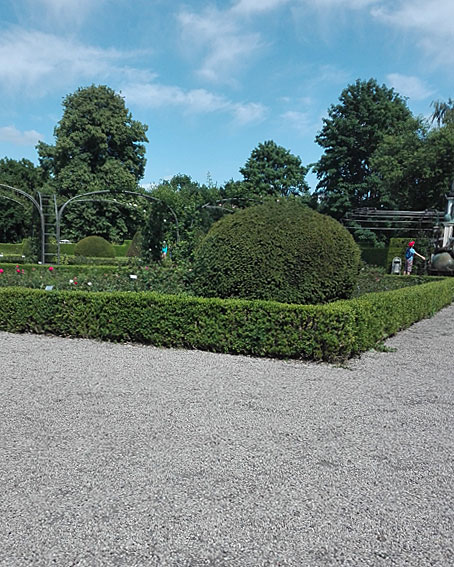
Covering the area in front of your house with gravel is another budget-friendly patio alternative. However, the ground needs to be compacted first—ideally with a vibrating plate compactor. Depending on the size of the gravel stones, your garden furniture may not stand very steadily. The larger the stones, the wobblier everything becomes.
Walking barefoot? Not recommended. The pebbles tend to stick to your feet and end up being carried everywhere—into the house, onto the couch, you name it. Personally, I find gravel impractical as a patio surface—but of course, that’s a matter of taste.
Update 1: Gravel + epoxy resin = solid surface (but not sustainable)
I recently saw a DIY show where coarse gravel was mixed with epoxy resin—right in a wheelbarrow using a shovel as a mixer. The sticky mixture was poured into a pre-dug and compacted area marked out for the patio. After just one day of curing, you had a kind of gravel slab where not a single stone moved.
Effective? Yes. Easy to do? Absolutely.
But sustainable? Not really.
Epoxy resin is synthetic and non-biodegradable—basically plastic. That makes this method questionable from an environmental perspective. Disposal could also be problematic later on, as it may qualify as hazardous waste.
Update 2: Gravel paths in public parks = inspiration
You’ve probably walked on this surface before—gravel paths in public parks. These are typically made of compacted crushed stone or recycled gravel, topped with a thin layer of fine gravel or grit. The top layer needs to be thin enough that you don’t sink in as you walk.
Pro tip: Crushed gravel (angular) lasts longer than rounded pebbles, which tend to shift more easily. And this concept doesn’t just work for footpaths—you can absolutely use it to create low-cost patios and seating areas as well.
🧩 Rubber granulate: Not stylish, but surprisingly practical
While researching online, I came across rubber granulate tiles as a possible patio surface—something I had previously only seen on playgrounds and sports fields. They’re designed to absorb impact and reduce injuries thanks to their soft, springy texture.
I was surprised to learn that these tiles are also used for patios, since they’re not exactly easy on the eyes. Definitely not Instagram material.
But they are incredibly practical: you can click them together like puzzle pieces, and they don’t require any special base layer underneath. Even better, they’re eco-friendly, as they’re made from recycled car tires.
The tiles are nearly indestructible, can be assembled and removed as often as you like, and are very child-friendly—ideal for families. If you no longer need them someday, they can be recycled again. So in terms of sustainability, they’re a solid choice.
The only real downside? The relatively steep price—around €60 per square meter.
♻️ Second-hand materials: For bargain hunters and garden romantics
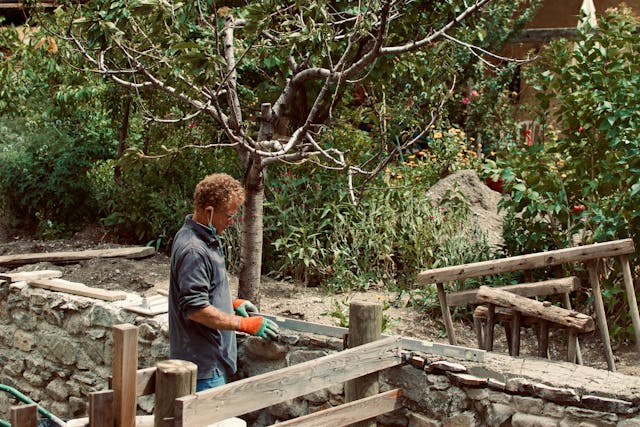
Speaking of recycling: stone and wooden patio tiles are often replaced—not because they’re worn out, but simply because people want a new look. Style and personal taste change, after all.
That means you can often find used patio materials in surprisingly good condition on classified ad platforms. Brick and clinker pavers show up regularly, too—a dream come true for any cottage garden enthusiast. 🙂
Of course, there are some drawbacks: the tiles or planks are often pre-cut, and you might not find exactly the quantity or size you need. Transport is usually your responsibility—so unless you own a van or trailer, logistics can be tricky.
In short: a great option for DIY lovers and penny-pinchers—but not for the faint of heart.
🌳 Wooden decking: Beautiful, but rarely cheap

For the sake of completeness, I’ll include wood as a patio material—though it’s far from budget-friendly, especially if you care about sustainably managed forests.
Sure, you can find cheap wood—at IKEA, for example. Their wooden patio tiles cost around €20 per square meter. For a 30 m² patio, that adds up to about €600.
By comparison: I requested a quote from a local patio builder who uses EU-sourced robinia wood. The price? €2,700 for the same area—including substructure, screws, clips, and all other materials.
To me, the biggest drawback of wooden patios is this:
You need a completely level base, such as a concrete slab or stone pavers, before laying down the wood. In many cases, that means installing a layer of stone just to support the decking. Double the effort, double the cost.
Unless, of course, you get creative and use old pallets to build a wooden terrace.
You’ll need some DIY skills—but a pallet patio is undeniably original and full of character.
🪨 Stone: Practical, long-lasting, and more affordable than you’d think
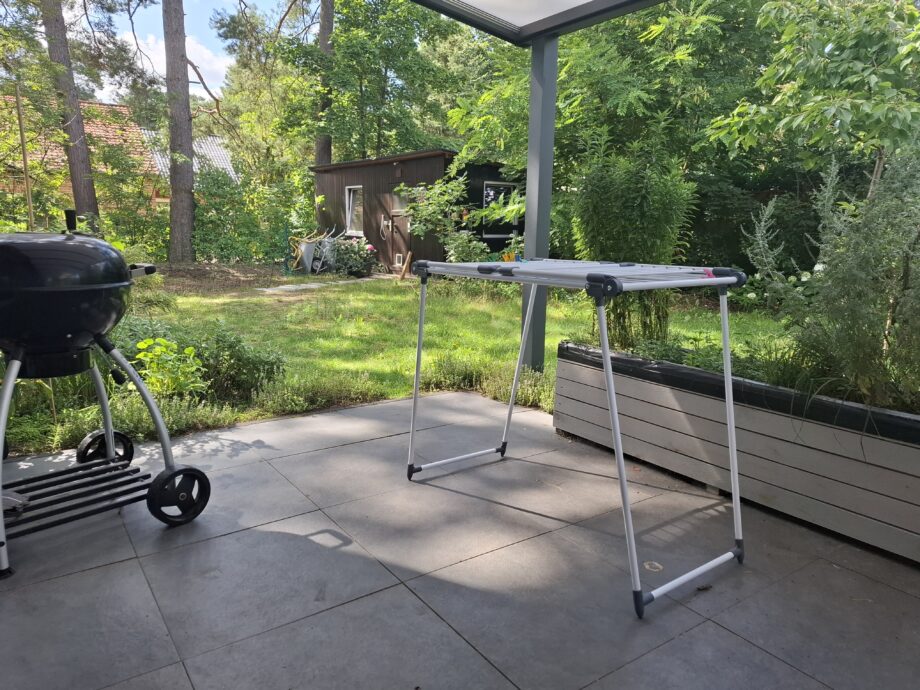
If you’re not too concerned about aesthetics, simple concrete slabs can save you a significant amount of money. You can find them starting at €10 per square meter—so for a 30 m² patio, that’s just €300.
Of course, you’ll need to factor in curbstones, gravel, concrete, and possibly a professional to handle the installation.
That said, classic patio slabs—such as natural stone or porcelain tiles—don’t have to break the bank either. Especially at the start or end of the gardening season, you can often score great deals at DIY stores or online shops.
Once installed, stone patios are low-maintenance and extremely durable. You can enjoy them for many years without any ongoing costs.
One drawback: Terrace tiles can become extremely hot when exposed to direct sunlight—and they retain that heat well into the evening. As a result, your house may take longer to cool down on hot summer nights.
The solution? Install some form of shade, like a pergola, awning, or even a tree to keep your patio (and indoor spaces) more comfortable.
Used stone tiles can also be surprisingly charming—especially when laid in a Mediterranean style. In fact, small cracks and imperfections aren’t just tolerated, they’re part of the aesthetic. To complete the look, sow drought-tolerant plants like thyme or aubrieta (Blaukissen) in the joints. Larger gaps can even be filled with potted plants for an added touch of life.
✅ Conclusion: Beautiful patios don’t have to cost a fortune
As you’ve seen, there’s no shortage of creative and budget-friendly patio ideas—from DIY lawn setups and second-hand materials to more innovative options like rubber tiles or recycled bricks. Whether you’re working with pallets, sowing thyme between paving stones, or exploring IKEA bargains, there’s a solution for every budget, style, and skill level.
Have you already built a low-cost patio or tried one of the methods mentioned above?
👉 Share your experience in the comments—I’d love to hear your tips, ideas, and lessons learned!
MM

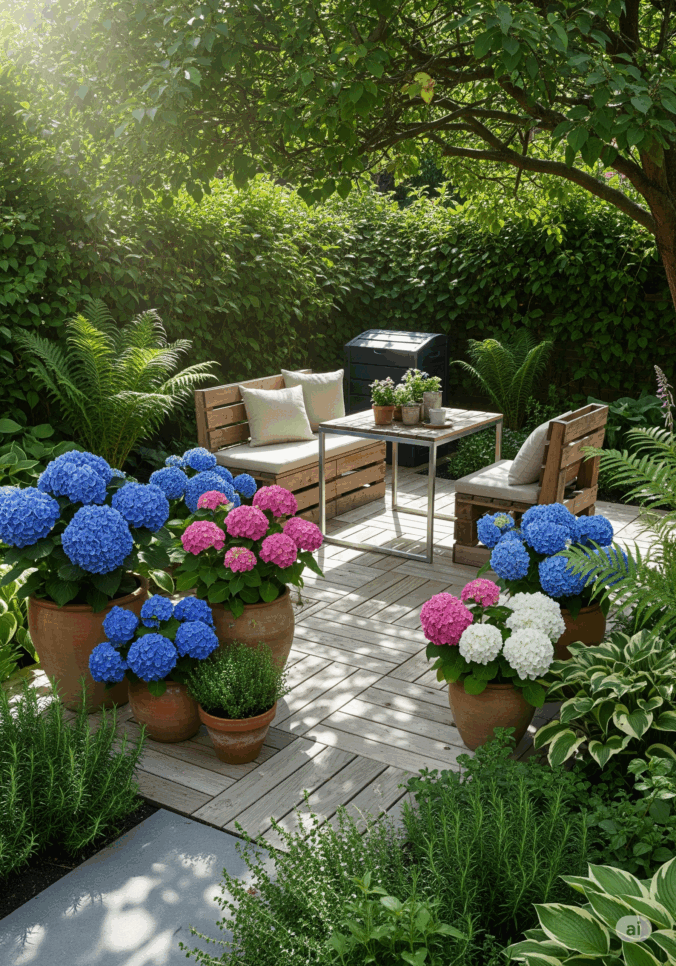


Dieses Tut ist super! Die Tipps für winterharte Gemüse sind genau richtig, besonders der Grünkohl – er schmeckt im Winter…
Vielen Dank für die Infos :) Mit freundlichen Grüßen
Hi Martina, da das Grab in der vollen Sonne steht, dürfte sich Thymian bestens als Bepflanzung eignen. Wenn du Glück…
Hallo Miss Minze ;-) ich überlege, das Grab meiner Mutter mit Thymian als Bodendecker bepflanzen zu lassen. Das Grab steht…
Liebe Anna, gaaanz herzlichen Dank für dein Feedback!!! Ich bin erst kürzlich in mich gegangen und bin zu dem Schluss…